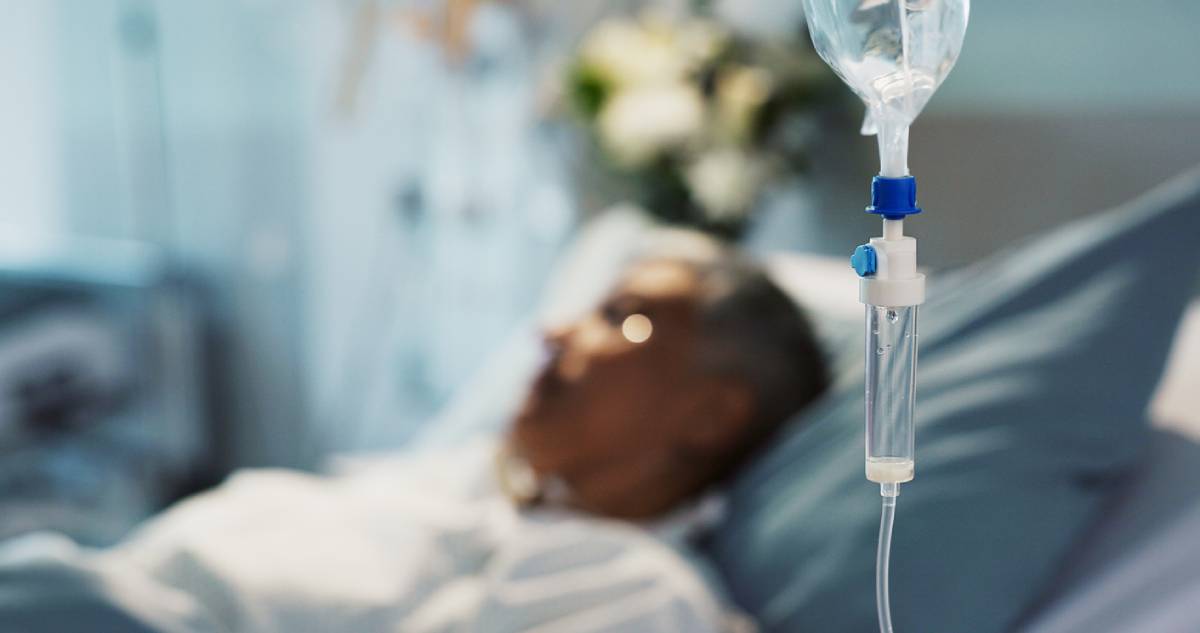With an aging population and advances in modern surgical procedures, anesthesia providers are caring for increasing numbers of patients with multiple comorbidities (i.e. obesity, diabetes, hypertension). As a result, the scope of post-anesthesia care has significantly evolved and expanded (1). The post-anesthesia care unit (PACU), often referred to as the recovery room, is a specifically designed clinical area in which patients receive ongoing care and monitoring after surgery and anesthesia. These units are staffed by trained individuals who provide direct patient care until the patient is ready for discharge to home or transfer to the wards or ICU (1). Recovery after anesthesia is typically divided into 2 phases: Phase 1 and Phase 2.
Phase 1 is the level of care in which close monitoring is required and basic life-sustaining needs are of the highest priority (2). During this phase of recovery after anesthesia, perianesthesia providers conduct assessments, engage in patient monitoring, as well as manage pain, fluids, thermal comfort, and other aspects of patient care. The primary goal of this phase is to facilitate the transition of the patient to the Phase 2 level of care, in preparation for discharge to home or to an inpatient setting for continued care (2). Multiple assessments occur upon admission to the Phase 1 level of care. A transfer of care report is delivered by the transferring provider. This report often includes information regarding preoperative history, type and length of anesthesia, medications administered, type of procedure, relevant fluid status, and any actual/potential complications (3). Additionally, there is a physical assessment of the patient which includes ventilation and respiratory status, vital signs, pain and sedation levels, neurological status, sensory and motor function, wound status, and assessments specific to the actual procedure.
The first priority for patient care in Phase 1 level of care is the establishment and maintenance of a stable airway with adequate ventilatory support. Determination of hemodynamic stability and the initiation of any interventions to support cardiovascular function is also a priority. Another clinical priority in Phase 1 is the provision of adequate pain and comfort measures, including pharmacologic and/or nonpharmacologic interventions. An additional concern is related to the actual impact of the surgical procedure and assessment of wound integrity. Complications associated with Phase 1 recovery after anesthesia include airway compromise, cardiovascular depression, pain, nausea, vomiting, delirium, and disturbances in thermoregulation (3).
Phase 2 is the level of care in which clinical care and strategic planning are aimed at preparing the patient for return home or for transition to extended care for further observation (2). Adequate patient knowledge for continued care at home requires thorough patient/family education and documentation of learning regarding discharge instructions. Common issues requiring intervention during Phase 2 level of care include pain and nausea. Prolonged drowsiness may also occur as well as a persistent sore throat from general anesthesia. Patients are generally assessed prior to discharge from Phase 2 level of care to determine the following: adequacy of pain and comfort interventions, integrity of surgical wound dressings, safe transportation from the facility, and knowledge of discharge instructions (3). It is possible that, despite meeting the criteria for being discharged home, certain ambulatory (same-day) surgery patients may experience varying degrees of sedation and psychomotor impairment following anesthesia. State regulatory agencies, accrediting organizations, and professional medical and nursing associations suggest that same-day surgery patients have a responsible individual accompany him or her home. This individual can function to ensure that the patient is transported home safely, that the patient can be assisted should minor issues related to pain or vomiting arise, and should be able to report any postoperative complications (3).
References
1. Davidson, M., & Litchfield, K. (2021). Patient recovery and the post-anaesthesia care unit. Anaesthesia & Intensive Care Medicine, 22(10), 607-610.
2. American Society of PeriAnesthesia Nurses. (2015). 2015–2017 Perianesthesia nursing standards, practice recommendations and interpretive statements. Cherry Hill, NJ.
3. Stannard, D., & Krenzischek, D. A. (2018). Perianesthesia nursing care: a bedside guide for safe recovery. Second edition. Burlington, Massachusetts, Jones & Bartlett Learning.
